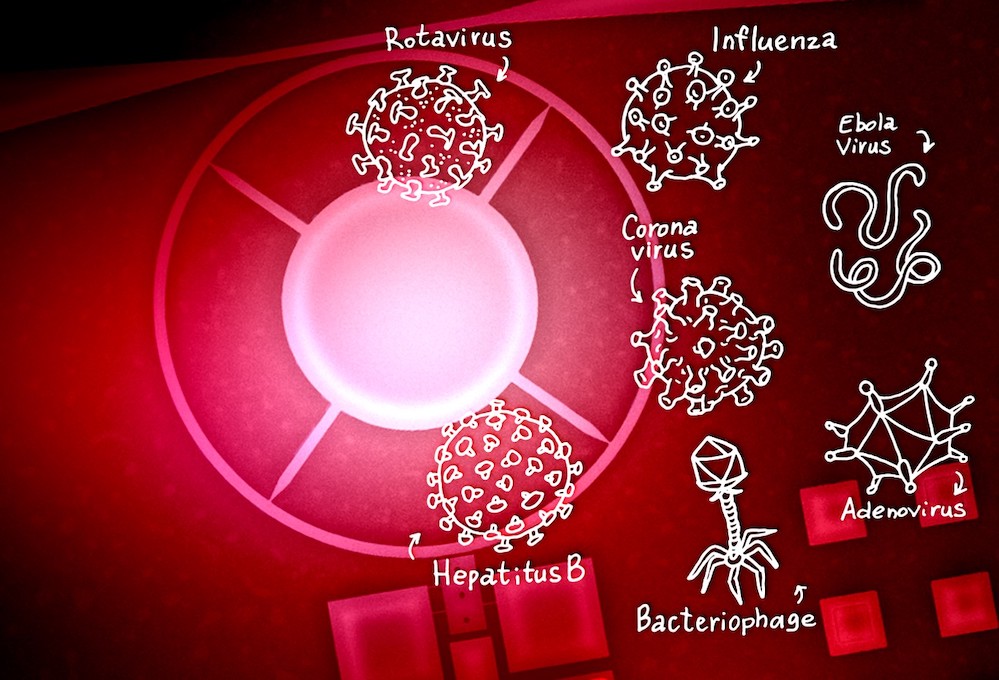Members Login

Channels
Special Offers & Promotions
CEA Achieves Mass-Spectrometry Breakthrough that Paves the Way to Detecting Viruses
With Ultimate Goal of Improving Virus Knowledge, Team Now Will Use its Optomechanical System to Design a Prototype for Airborne Virus Analysis.
Targeting analysis of biological particles with large aspect ratios, such as viruses or fibrils, CEA scientists have demonstrated a breakthrough in single-particle mass spectrometry (MS) that could fast track the detection of viral particles in hospitals, offices, airplanes and other public places.
Nano-electromechanical sensors measure the mass of nano-objects inaccessible to conventional mass-spectrometry. They can be used to characterize synthetic or natural nanoparticles, such as viruses. Until now, the sensors’ electrical mode of detection restricted both the precision and speed of analysis and would only take into account spherical particles.
The CEA team, with the expertise of the French National Center for Scientific Research (CNRS), overcame this hurdle by developing novel mass sensors and was the first to demonstrate MS measurement of individual nanoparticles by optomechanical detection. The researchers used light waves to enable new sensor geometries, leading to better speed and analytical performance. Interaction with the sensor is performed with optical signals instead of electrical signals, which provides a 10k improvement in motion sensitivity.
The results of the work were published in a paper titled “Optomechanical Mass Spectrometry” in Nature Communications in July.
“This demonstration of on-chip optomechanics as a superior alternative to electromechanical resonators for high-resolution, single-particle mass spectrometry paves the way to the analysis of viruses regardless of their shape, rigidity or position,” said Sebastien Hentz, director of research at CEA-Leti. “The capture area is 10 times larger than existing MS sensors, which translates into faster and more accurate analysis.”
“Building on our demonstration of a proof of concept of mass detection in this highly challenging mass range, we are now working toward the development of a new optomechanical mass spectrometer desktop prototype that could detect and characterize airborne viral particles of any shape,” Hentz added. “For this purpose, our photonics-derived fabrication process is easily amenable to the multiplexing of a large number of resonators using standard wavelength-division multiplexing and packaging techniques.”
About CEA
The CEA is a French public research organization, working in four main areas: energy transition (nuclear and renewable), digital transformation for industry, future health technologies, defence and security. Based on an excellent fundamental research, the CEA participates in the organization of cooperation projects with a wide range of academic and industrial partners. It also carries out sovereign missions, entrusted by the French State. The CEA is the only French research organization in the Top 100 of the innovation players in the world, according to the Clarivate ranking (2019) and the leading research organization filing patents in France and Europe.
With its 20,000 employees and its research centers with impressive infrastructures, the CEA is a major player in European research and is strengthening its international presence where it supports the deployment of French innovative companies.
Media Partners



